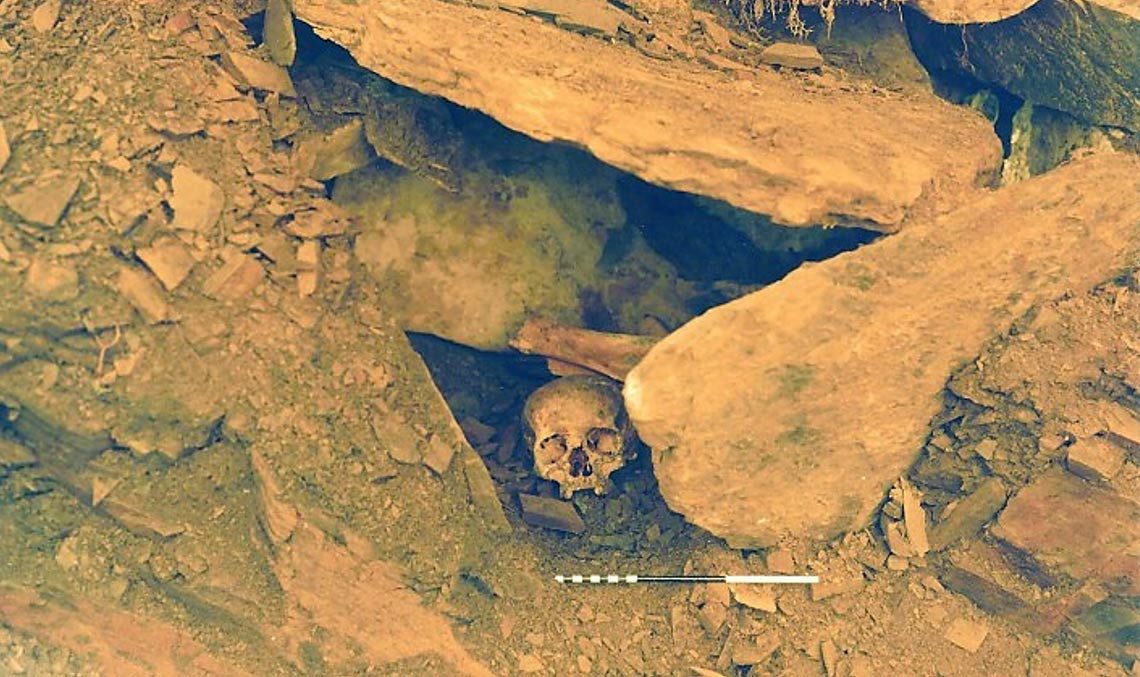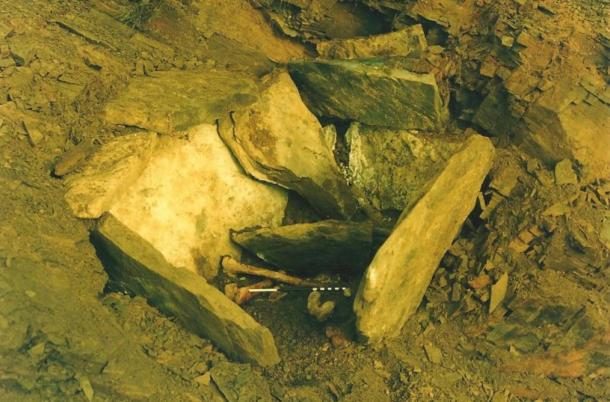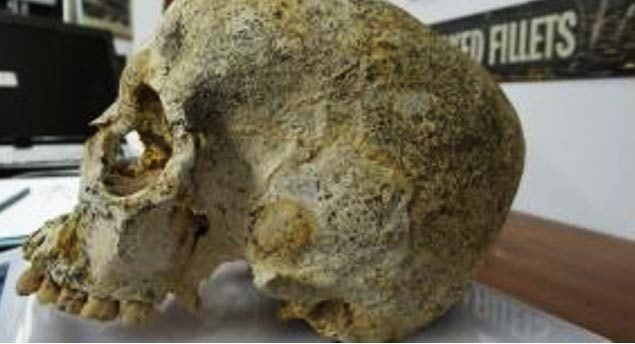Archaeologist Maya Hoole hopes to renew public interest in the burial from about 3,700 years ago. As she told the BBC, "Like many others, I'm sure, I find skeletal remains completely mesmerising."
On Hoole's website, the Achavanich Beaker Burial Project, she explains her goal further: "I had one objective when I started this project: to change our understanding of this site and, over the last year, have been trying to make this happen." Hoole believes that a renewed interest and modern technology could make this happen, revealing much more about the secrets of Ava's life and death.
Many of the records about the excavation and analysis of the Achavanich Beaker burial have been lost, or perhaps they never existed. However, as Hoole shows, there was an extensive photographic survey of the excavation - these images provide vital information to modern researchers interested in the burial.
It was undoubtedly a special burial. The remains of the young woman were probably interred in a crouched position in the unmarked rock-cut pit. This is rather odd, as most burials from the location and period were underneath a cairn or in a pit dug into soil. British History Online says that "most Beaker burials are inhumations, sometimes under round barrows, accompanied by a few grave goods."
Hoole agrees that she is only aware of a few other pits dug into solid rock in Scotland. She told the BBC: "A lot of time and energy was invested in this burial. It just makes you wonder - why go to all that effort? What was so unique about the individual buried here to receive such special treatment?"
One of the most interesting and hotly debated aspects about Ava's remains is her skull. Short and round skull shapes were supposedly common amongst the Beaker people, but Hoole's website shows that the Achavanich specimen is exaggerated and of an abnormal, uneven shape. She explained:
"There has been much debate amongst the archaeological community for many decades about the shape. Some argue it is a hereditary trait, whilst others think there may have been a practice of head-binding which creates the distinct shape. Perhaps this site can contribute more to the debate if further research is undertaken."
Read the remainder of the article here.






seems to me that elongated skulls (cone heads) were prevalent in peoples that were pyramid builders of South America.
Circle peoples had elongated round skulls.
[Link]
Take it as you will, but I found it intriguing.